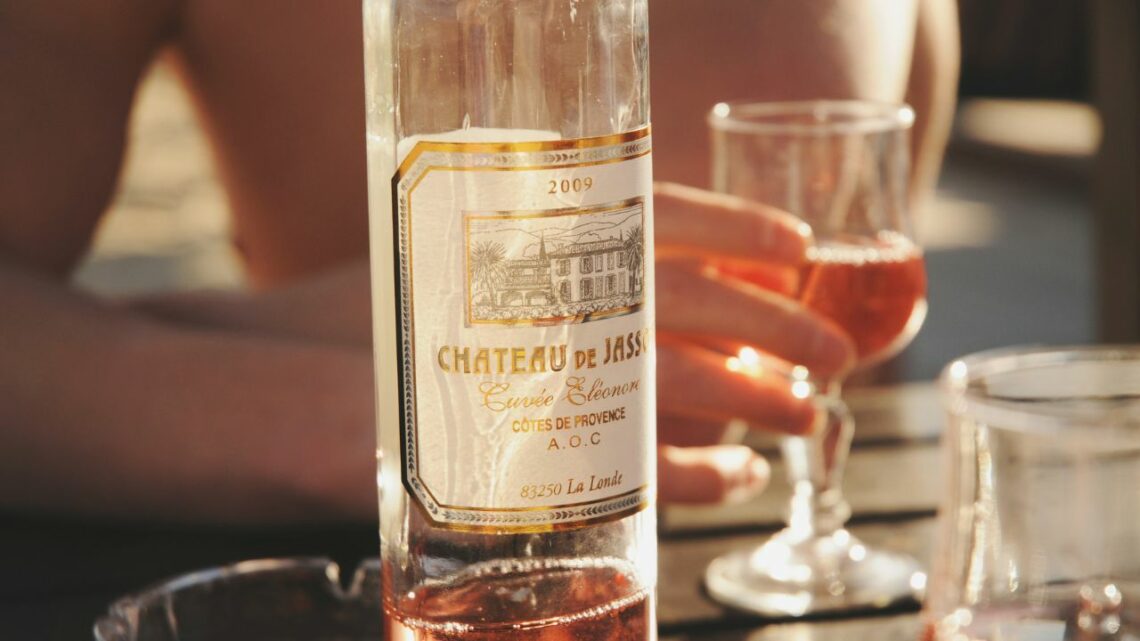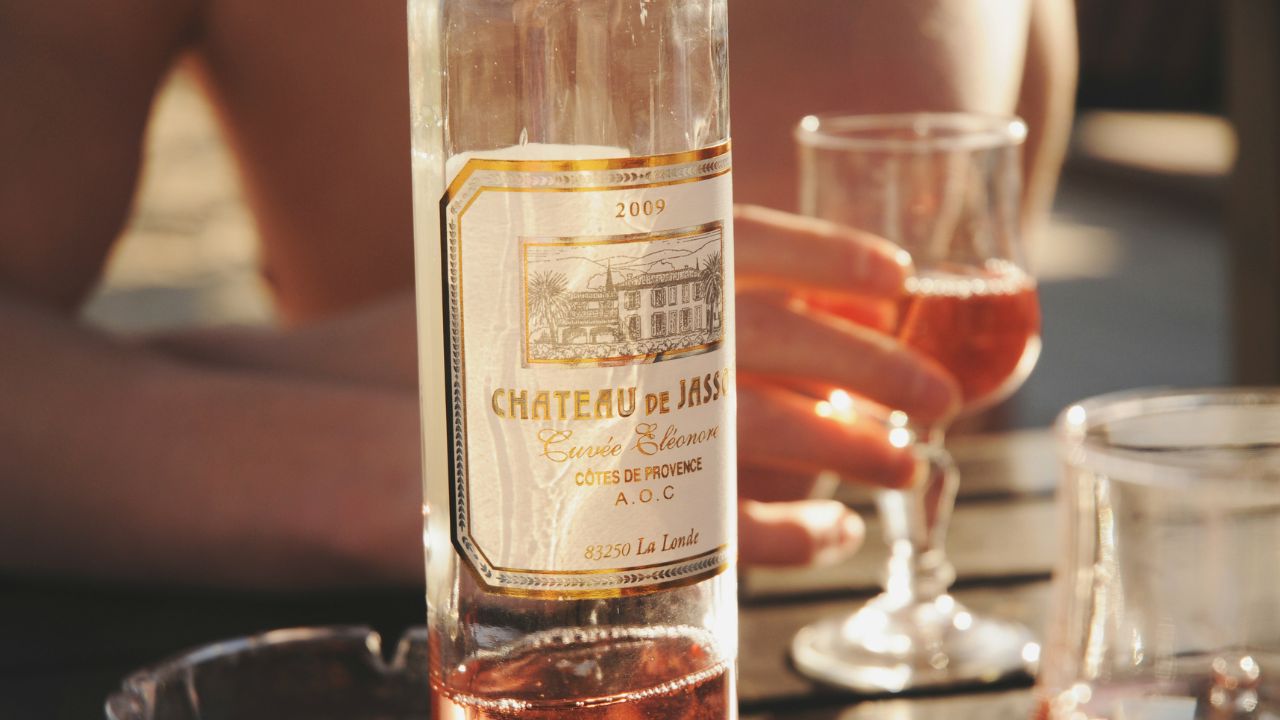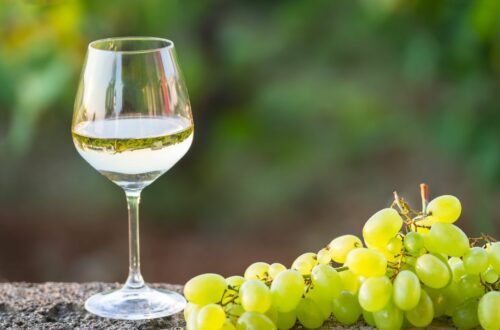
Cinsault Grape Variety In Provence
Hey there, rosé lovers!
Today, we’re diving into the world of Cinsault, a grape variety that’s the beating heart of many a delightful pink Provence wine.
Did you actually know this grape before my blog post? It’s usually a grape used in blend so it’s not easy to get to know the real Cinsault. But I’ll do my best to give you a presentation of the Cinsault grape variety in Provence!
Let’s go!
Discovering the Roots of Cinsault in Provence
Cinsault’s story in Provence is one of happy coincidence and perfect adaptation.
While its exact origins remain a bit fuzzy, some believe it might have arrived from the south of France (our very own Provence) or even Italy centuries ago. .
But Cinsault wasn’t just drawn to the sunshine; it also possessed genetic characteristics that made it a perfect match for Provence’s terroir.
Remember that phrase we love to throw around – “well-suited”? That’s Cinsault in a nutshell!
It ripens early, escaping the harshest summer heat, and its loose clusters allow for excellent air circulation, preventing diseases. It’s like nature designed this grape specifically for those sun-drenched Provençal vineyards.
Interestingly, Cinsault wasn’t always just a wine grape. Back in the day, it was also enjoyed as a table grape, its sweet, juicy flesh a delightful summer treat.
Even today, some Provençal families might have a Cinsault vine in their backyard, a reminder of this grape’s long and versatile history in the region.
And speaking of terroir, let’s talk about how Provence’s unique landscape shapes Cinsault’s character.
The presence of schist, a type of metamorphic rock, in the soil plays a crucial role. Schist is fantastic at draining water, which is exactly what Cinsault thrives on. It prevents the vines from becoming waterlogged, encouraging them to concentrate their energy into producing smaller, more flavorful grapes. It’s like giving the grape a gentle nudge to produce something truly special.
The Mastery of Growing Cinsault: Low Yield for High Quality
Growing Cinsault in Provence is all about embracing the philosophy of “less is more.”
Unlike some grapes that crave rich, fertile soils, Cinsault prefers meager and dry conditions.
Think about it this way: if the soil is too fertile, the vines get lazy and produce an abundance of grapes.
While quantity might seem good, in the world of wine quality, it’s all about concentration. With limited resources, the Cinsault vines have to work harder, resulting in grapes with more concentrated flavors and aromas.
Cultivation techniques also play a vital role in maximizing Cinsault’s quality. Provençal winemakers often employ practices like yield reduction, which involves limiting the number of grapes each vine produces.
Think of it as a quality control measure. Fewer grapes mean the vine can focus its energy on those remaining, resulting in grapes bursting with flavor potential.
Now, let’s talk about another superpower of Cinsault: its incredible drought resistance.
Remember those scorching Provençal summers? Cinsault doesn’t just survive them; it thrives in them.
Its deep root system allows it to tap into water reserves deep underground, ensuring it doesn’t wilt under the relentless sun. This resilience is a huge advantage in a region where water scarcity can be a concern.
Finally, the role of the winemaker deserves a mention. Preserving the finesse of Cinsault harvests requires a delicate touch.
Winemakers carefully manage the harvesting process, often opting for hand-picking to ensure only the ripest grapes make it into the final blend.
Cinsault in the Glass: The Heart of Provence Rosés
Now, let’s get to the fun part: how Cinsault becomes the heart and soul of those beautiful Provence rosés!
When you pour a glass of a Provençal rosé, that light pink hue and its refreshing fruitiness – a big part of that magic comes from Cinsault.
Cinsault wines are known for their elegance and finesse. They typically have a pale pink color, like the blush on a summer sunset.
The aromas are all about fresh red fruits like strawberry, raspberry, and sometimes even a touch of citrus. On the palate, they’re light-bodied and refreshing, with a vibrant acidity. They’re the perfect companions for a sunny afternoon on a Provençal terrace.
But Cinsault isn’t a solo act. It shines brightest when blended with other grapes, particularly Grenache and Mourvèdre. Think of it as a team effort:
- Grenache contributes body, structure, and a touch of spice to the blend.
- Mourvèdre adds depth, color intensity, and a touch of earthiness.
Together, these grapes create a wine that’s far greater than the sum of its parts (sometimes 1+1=3!).
Cinsault acts as the conductor, bringing a touch of elegance and freshness to the blend, while Grenache and Mourvèdre provide the foundation and complexity.
And let’s not forget about food pairing!
Cinsault-based rosés are incredibly versatile. Their refreshing acidity makes them a fantastic match for Provençal cuisine.
Think about a light and flavorful dish like a Salade Niçoise with its tuna, olives, and hard-boiled eggs, or grilled seafood drizzled with olive oil and fresh herbs. The rosé complements the richness of the food without overpowering it.
Conclusion : Cinsault Grape Variety In Provence
So, the next time you raise a glass of that delightful pink nectar from Provence, remember the story of Cinsault.
Now go forth and explore the world of Cinsault rosés, in front of a Provençal view?







